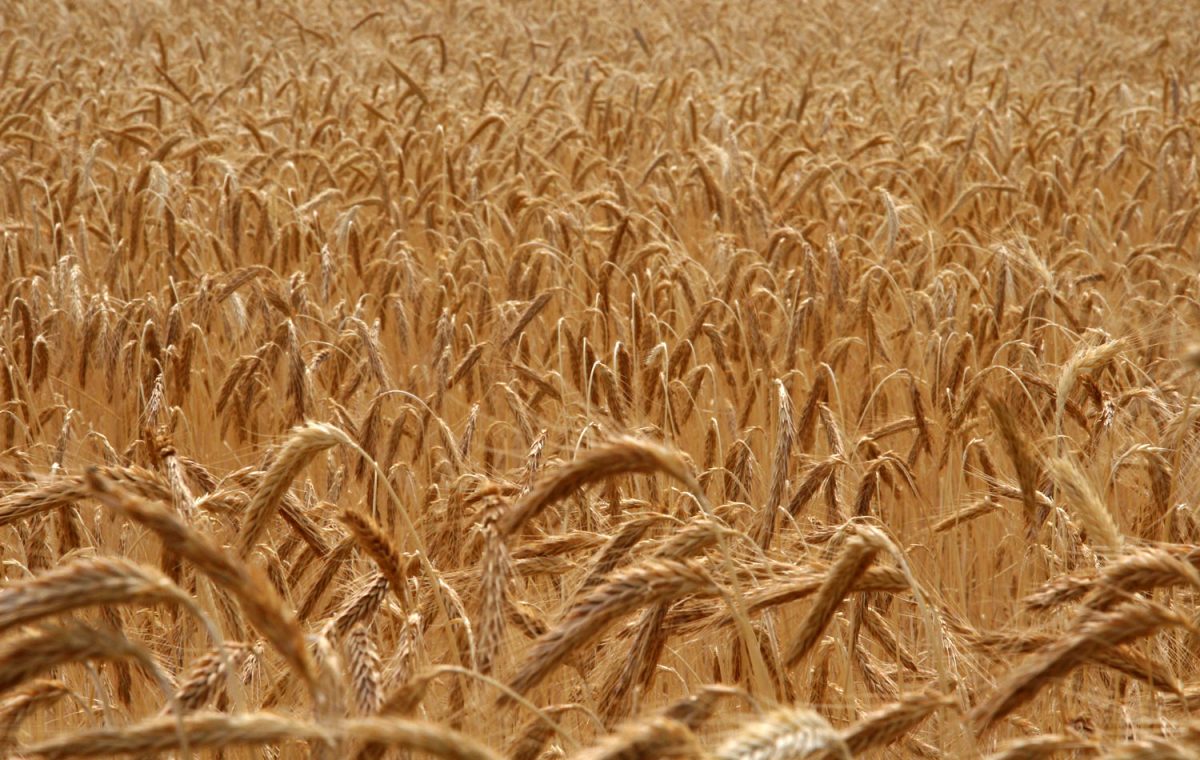D uring the final year of my Bachelor of Agricultural Science with honours I began research work under the supervision of Professor Derrick Moot and Dr. Emmanuel Chakwizira. My honours dissertation was titled “The growth and development of spring wheat (Triticum aestivum L.) grown under different nitrogen, phosphorus, and CO2 levels”, with my work being carried out in the Lincoln University Biotron.
uring the final year of my Bachelor of Agricultural Science with honours I began research work under the supervision of Professor Derrick Moot and Dr. Emmanuel Chakwizira. My honours dissertation was titled “The growth and development of spring wheat (Triticum aestivum L.) grown under different nitrogen, phosphorus, and CO2 levels”, with my work being carried out in the Lincoln University Biotron.
With the global population increasing from 2 to 8 billion since 1960, and projected to reach 10 billion by the end of this century, the importance of efficient food production has never been so great. Feeding this growing population requires efficient use of nutrient resources to grow food crops under elevated atmospheric CO2 levels expected from burning of fossil fuels. Understanding how the growth and development of ‘Discovery’ spring wheat (Triticum aestivum L.) was affected by the interaction of nutrients and CO2 was the focus of this controlled environment study. Wheat was grown in four experiments to quantify responses to three levels of nitrogen and phosphorus under elevated and ambient (760 cf. 410 ppm) CO2 levels. The aim was to explain the physiological mechanisms that caused response differences in grain yield and biomass accumulation.
Phenological development was unaffected by nutrition or CO2 levels. However, grain yield was 22% greater under elevated CO2 but only when nutrient supply was adequate (6 mM N, 250 µM P). An 80% reduction in grain yield occurred under nitrogen or phosphorus deficiencies (1 mM N, 10 µM P), but the response mechanisms differed. The reduction in grain yield under nitrogen deficiency was caused by reduced total green leaf area, flag leaf area and leaf area duration, with no impact on photosynthesis. In contrast, the rate of photosynthesis was halved in phosphorus deficient plants and was the main factor responsible for yield reduction. P deficiency resulted in reduced specific leaf P and N which reduce photosynthetic rate. When N supply was adequate, grain set (determined by ear length) was consistent across P levels. However, P deficient plants had fewer and smaller grains per ear which suggests a source limitation affected grain-filling.
Specific leaf nitrogen (SLN) has been used to predict photosynthesis rate. However, this study showed the relationship only held under adequate phosphorus supply (250 µM P). SLN of the flag leaf was greatest under adequate N supply and severe P deficiency (4.07 g N/m2) but the nitrogen harvest index suggests this was the result of luxury N uptake when P supply was inadequate to provide the energy source to transport N from the leaves to the grain. Thus, the P deficiency resulted in excessive uptake of N which was not able to be transported to other parts of the plant.
Overall, N increased the total biomass of the wheat, while phosphorus affected where the carbon was partitioned to. Under ambient CO2, the plant response to phosphorus deficiency was consistent with a carbon deficiency and resulted in a greater allocation of resources to the shoot (30.7% reduction is Root/Shoot). Elevated CO2 appeared to compensate for the lack of carbon because the R/S ratio was unaffected under P deficiency. These results suggest, future crop nutrient requirements will change under elevated CO2 conditions. High yields can only be obtained under non-limiting conditions, but elevated CO2may compensate if crops are grown under lower P conditions.
Hamish Dunbar
2021 NZIAHS / Lincoln University Leading Student Award












